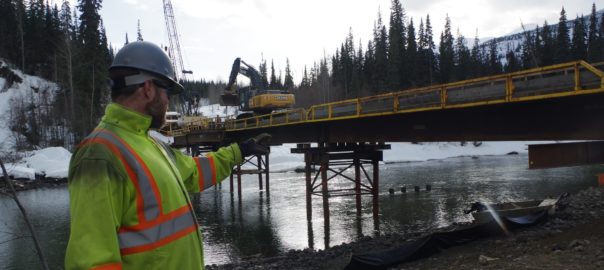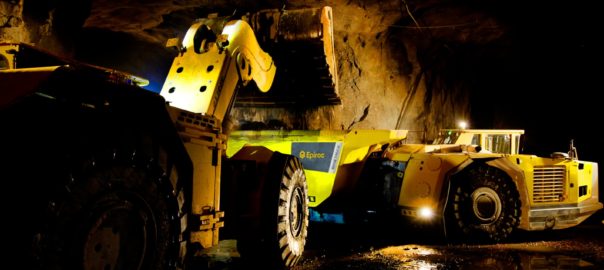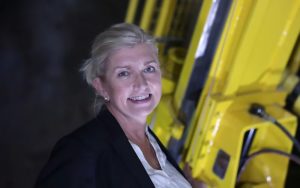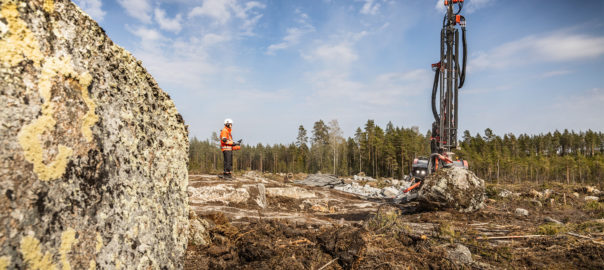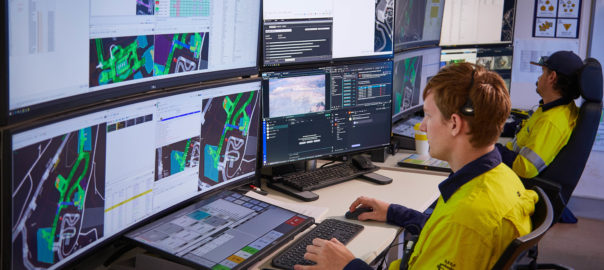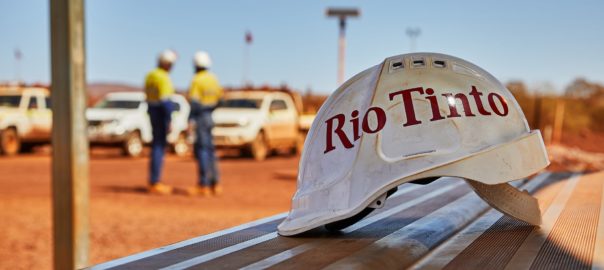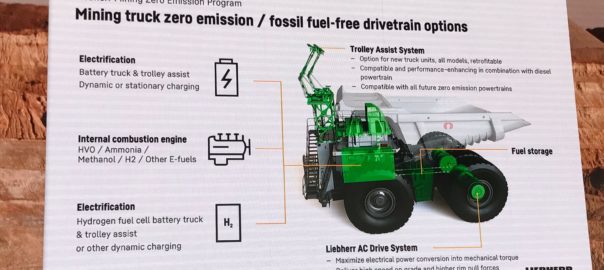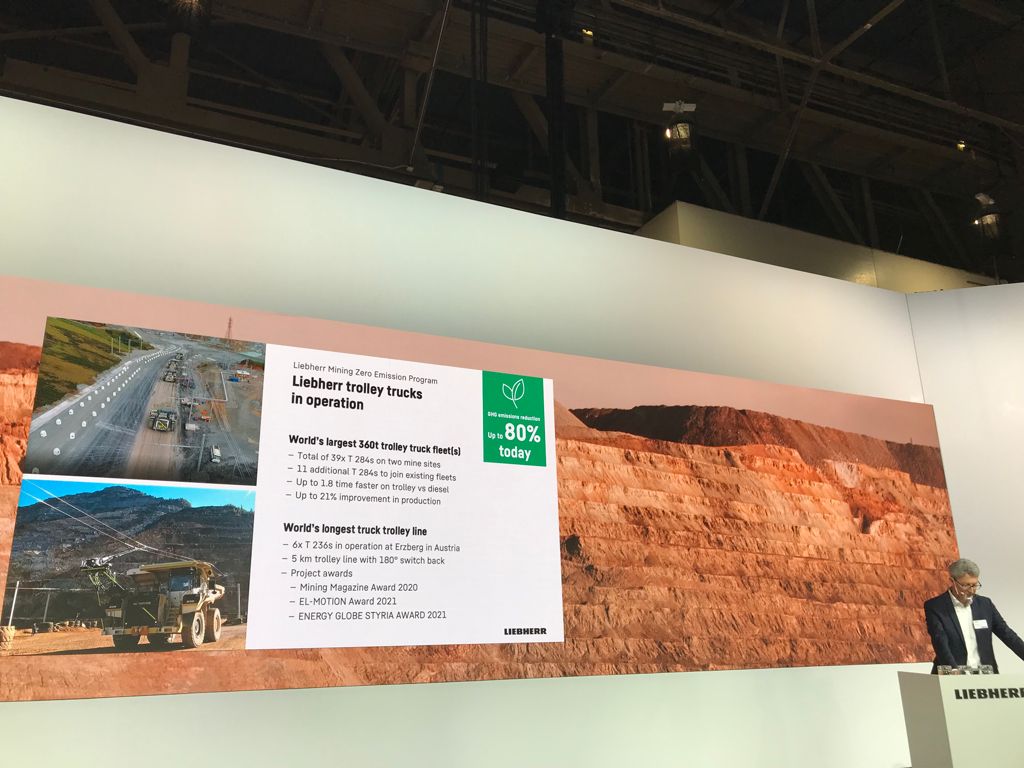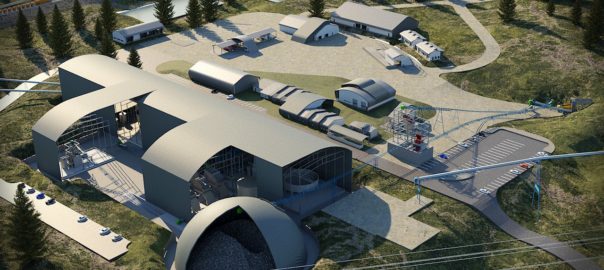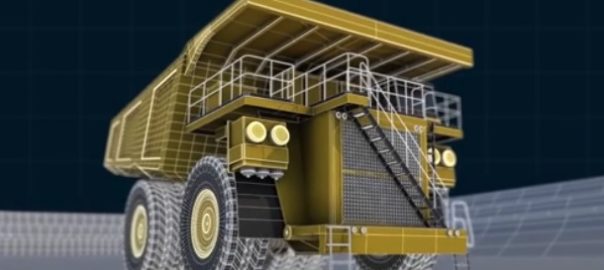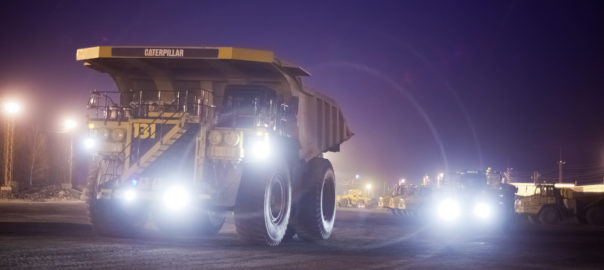Yanmar, a provider of power solutions and industrial machinery, is introducing its electrification strategy for off-road vehicles and equipment at Bauma 2022, in Munich, Germany, the world’s biggest construction equipment exhibition.
Yanmar will showcase its off-road product portfolio, commitment to customer lifecycle value and future vision for industrial equipment, including the following highlights:
- Electrification strategy for e-powertrains;
- Electric equipment demonstrator;
- Yanmar/ELEO modular, high-density battery system; and
- Extended five-year warranty for TN Series engines
Yanmar will establish itself as the all-in-one systems integrator for smart electrified power solutions tailored to the application-specific needs of individual OEMs, it says. In its capacity as a systems integrator, Yanmar will implement system engineering, design and manufacturing of e-powertrains, while also providing control development, system evaluation, procurement, manufacturing and quality assurance.
Tomohisa Tao, President Yanmar Power Technology Co. Ltd, said: “As Yanmar looks to meet the challenges of the coming century, our transformation will encompass new products with alternative fuel technologies. Our aim, together with our dealers and OEM partners, in this strategy is to build stronger relationships and create even greater customer value with new-energy technology. We will work hard to support our OEM partners and customers to achieve their environmental and performance goals.”
At Bauma 2022 on October 24-30, Yanmar will show an electrified demonstration vehicle that shows the practical application of the company’s system integrator technologies. Powered by an efficient electric drive and hard working 48 V batteries with fast charging capability, the electric excavator is a quiet, zero-emission machine designed to meet the most demanding emissions restrictions.
An important milestone for realising the urgent environmental challenges that must be overcome is Yanmar’s acquisition of battery-technology company ELEO, a fast-growing developer and manufacturer of high-performance modular battery systems. This acquisition will further Yanmar’s electrified powertrain capabilities with versatile, customised solutions for off-road applications. ELEO is building a new battery production plant, increasing its annual battery production capacity tenfold to 500 MWh – the equivalent of approximately 10,000 battery packs.
The company is also launching a new 5-year warranty (or 5,000 hours) offer, further enhancing sustainability and extended ownership of the current line-up of clean diesel solutions during the transformation to carbon-neutral power solutions, it says. This extended warranty is free of charge and valid for TN Series engines sold in Europe and operating on European territory.
Yanmar says it has already embarked on several new-energy projects in various business lines, including hydrogen-powered co-generation, research into hydrogen fuel marine engines, bio-gas cogeneration, dual-fuel power solutions with natural gas, fuel cell marine technology, smart agriculture and resource recycling technologies.








